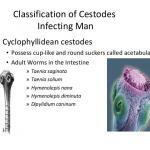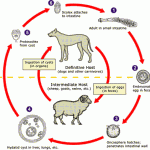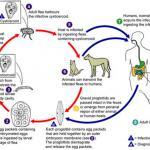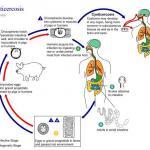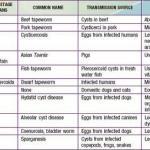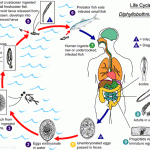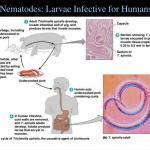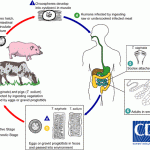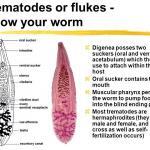
Trematodes, commonly known as flukes, are a class of parasitic flatworms that require multiple hosts to complete their complex life cycles. In Canada, particularly in regions like Alberta, studies have revealed diverse trematode communities associated with aquatic ecosystems, highlighting their ecological significance and interactions with snail populations. These parasites can impact various vertebrates, including humans, through contaminated water and food sources, making awareness and understanding of their biology crucial for public health and environmental management.

